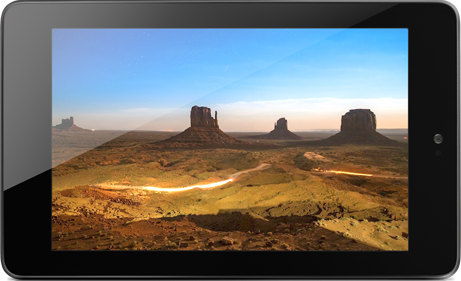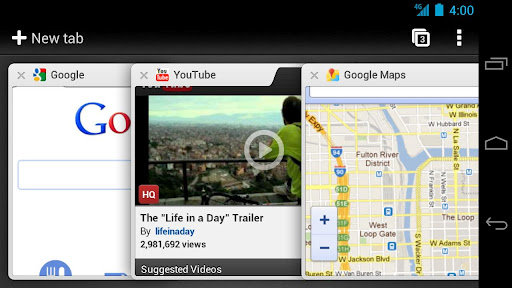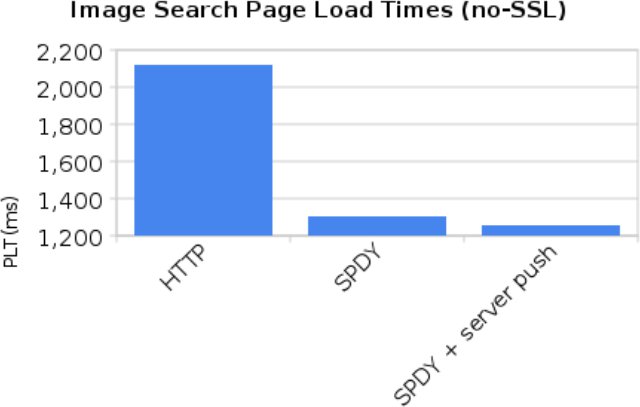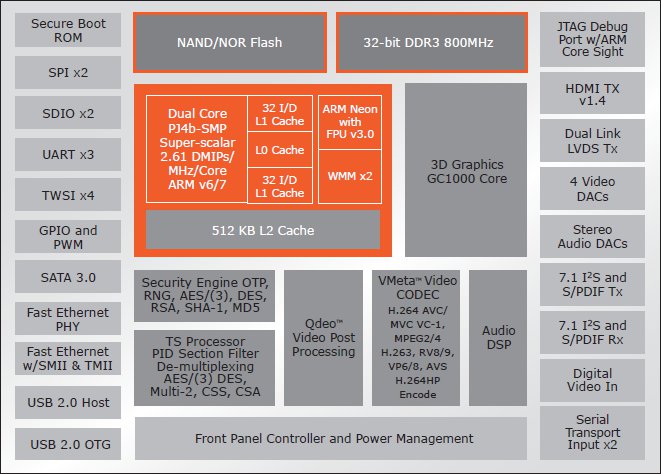Google announced their very first tablet at Google I/O called Google Nexus 7 (but manufactured by Asus). The device runs the latest Android 4.1 (Jelly Bean) OS, is powered by Nvidia Tegra 3 quad-core Cortex A9 processor and comes with 1 GB RAM, and 8 to 16 GB NAND flash depending on the model. Here are the specifications of the Google Nexus 7: CPU – Nvidia Tegra 3 Quad core Cortex A9 @ 1.2 GHz Memory – 1GB RAM Storage – 8 or 16 GB Flash Display – 7” 1280×800 HD IPS display (216 ppi) Connectivity WiFi 802.11 b/g/n Bluetooth Camera – 1.2MP front-facing camera Sensors – Accelerometer, Magnetometer and Gyroscope Misc – Microphone, speaker, NFC and GPS Battery – 4325 mAh (Up to 8 hours of active use) Weight – 340 grams Size – 198.5 x 120 x 10.45mm The device only has a power, vol-/+ buttons, an headphone […]
Google Replaces Android Market with Google Play
Google has just announced the launch of Google Play, an update (and replacement) for the Android Market that gives access to apps, books, movies, and music to users on Android devices and to anyone on the Web. Google expects Google Play to drive more traffic and revenue to the entire ecosystem, including app and games developers. Google also explains there are almost no changes for existing users and developers: Google Play is built on the same infrastructure as Android Market, so the transition for users and developers will be seamless. Users can sign into their existing accounts with the same credentials as before and purchase content using the same payment methods. As a developer, there’s no change needed to your published products and you can continue to use the same publishing tools to put your app in front of hundreds of millions of Android users. If your app was in […]
Google Releases Chrome for Android (Beta)
Google has introduced the beta version of Chrome for Android, bringing Chrome’s capabilities to smartphones and tablets running Android 4.0 (but not earlier versions). The key features of Chrome for Android: View open tabs: Access the tabs you left open on your computer (also signed into Chrome)—picking up exactly where you left off. Swipe on your mobile device to switch between tabs. Get smarter suggestions: If you visit a site often on your computer, you’ll also get an auto-complete suggestion for it on your mobile device, so you can spend less time typing. Sync bookmarks: Access your favorite sites no matter which device you are using. You can watch the teaser video below. On the technical side, Chrome for Android brings support for many of the latest HTML5 features to the Android platform including hardware-accelerated canvas, overflow scroll support, HTML5 video. Chrome for Android also brings new capabilities such as […]
SPDY Aims to Make the Web Faster and Replace HTTP
SPDY (pronounce “SPeeDY”) is a new protocol designed by Google that aims at making the web faster and eventually replace HTTP. This new protocol is not a new scheme, so it would be transparent to the user and there would not be a new spdy:// prefix and we would still be using http://. It will always be secure and use tcp port 443 instead of 80 (because of transparent proxies messing up with packets). Most of Google products such as Chrome, Android Honeycomb (They can’t say if ICS is using SPDY…) devices and Google’s servers have already using SPDY protocol for some time, and Google reports some encouraging results. The tested 300 sites from the top 1000 Alexa sites and found an average 40% page load improvement. They also reported some labs tests: *PLT stands for “Page Load Times” in the chart above. Google is not the only company using […]
Google Launches Android Design Website for Developers
Android 4.0 brings quite a few enhancements to the UI framework with new interactions and styles that let developers create Android apps that are simpler and more beautiful than ever before. To help designer and developers produce better looking apps for Android, Google has launched Android Design website, where it is possible to learn about principles, building blocks, and patterns for creating Android user interfaces. The website is divided into 4 main sections: Getting Started Creative Vision Design Principles UI Overview Style Devices and Displays Themes Touch Feedback Metrics and Grids Typography Color Iconography Writing Style Patterns Gesture App Structure Navigation Action Bar Multi-pane Layouts Swipe Views Selection Notifications Compatibility Pure Android Building Blocks Tabs Lists Grid Lists Scrolling Spinners Buttons Text Fields Seek Bars Progress & Activity Switches Dialogs Pickers Google also announced they would be added more resources over time. Visit Android Design website for details. Jean-Luc Aufranc […]
Marvell Armada 1500 Google TV Reference Design
Marvell announced that its Foresight Platform, powered by Marvell ARMADA 1500 HD Secure Media Processor System-on-a-Chip (SoC), will be officially used by Google TV (replacing Intel CE4100 SoC) and be introduced at CES 2012. The company said Google TV smart TVs, set-top boxes (STB) and blu-ray players based on its platform would be available later this year. The Foresight Platform uses Marvell’s Qdeo video processing technology designed to deliver improved 3D video, rich audio, 3D graphics and TV-friendly Web content thanks to noise reduction, de-interlacing, low bit-rate internet video enhancement and other enhancement techniques such as Adaptive Contrast Enhancement (ACE) and Intelligent Color Remapping (ICR). ARMADA 1500 (codenamed 88DE3100) contains Marvell’s ARM v6/7-compatible PJ4B SMP super-scalar dual-core CPU. The chip is designed to enable PC-like processing power to support Web browsing with support for Flash and other key technologies – with the aid of more than 6000 Dhrystone MIPS of […]
WebP Image Format Could Replace JPEG, PNG and GIF
In September 2010, Google announced the WebP image format with lossy compression. Since last month, WebP can also support animation, ICC profile, XMP metadata and tiling. Today, it announced lossless compression and transparency support. WebP could be used as an alternative to JPEG, with 25–34% better compression compared to JPEG images at equivalent SSIM index as well as PNG as it now supports lossless compression and transparency – also known as alpha channel – in both the lossless and lossy modes. On average, Google got a 45% reduction in size when starting with PNGs found on the web, and a 28% reduction in size compared to PNGs that are re-compressed with pngcrush and pngout. Photos typically encoded as JPEG can be encoded in WebP lossy mode to achieve smaller file size. Icons and graphics can be encoded better in WebP lossless mode than in PNG. WebP lossy with alpha can […]
Galaxy Nexus Promotion Video
After Google / Samsung Galaxy Nexus and Android 4.0 Presentation this morning, here’s the Galaxy Nexus Promotion Video. Jean-Luc Aufranc (CNXSoft)Jean-Luc started CNX Software in 2010 as a part-time endeavor, before quitting his job as a software engineering manager, and starting to write daily news, and reviews full time later in 2011. www.cnx-software.com









